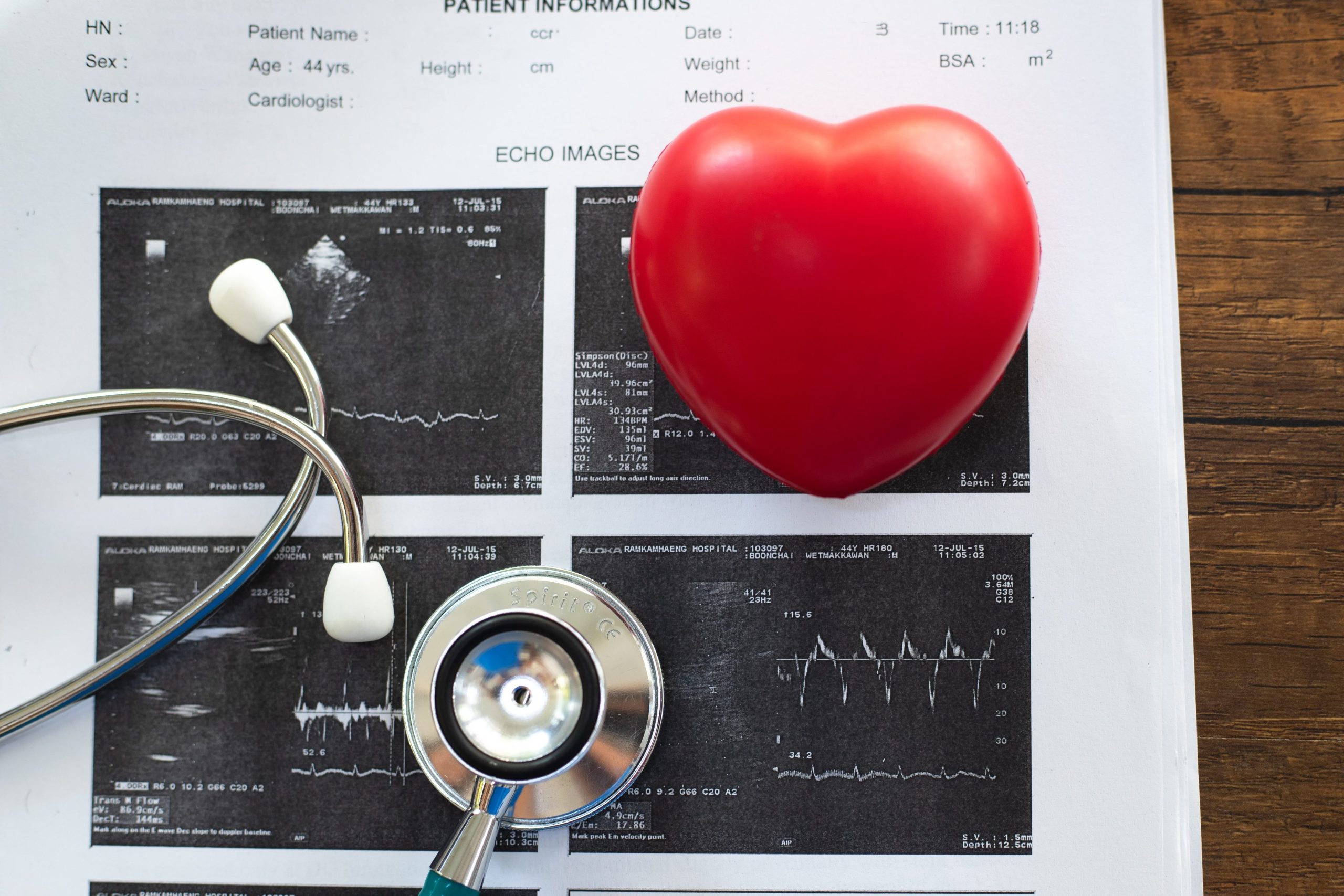Understanding the Stages of Cardiogenic Shock, Risk Factors, and Treatment

Cardiogenic shock is an emergent condition that can damage organs, cause brain injury, or even be fatal if it isn’t recognized and treated quickly. The good news is that cardiogenic shock can be managed if it’s addressed right away.
Defining Cardiogenic Shock
Cardiogenic shock is the term for what happens after the heart can no longer move blood and oxygen throughout your body. Usually, this happens after a serious heart attack, but other issues, such as heart failure, injury or internal bleeding, or blood clots can also cause it. Sometimes, certain medications can also be a cause of cardiogenic shock if they’re taken in too high a dose.
The Severity of the Various Stages of Cardiogenic Shock
The body works as an alarm system, putting out signs and symptoms of distress that get “louder” and more alarming as one’s condition worsens. Since the heart is responsible for moving oxygenated blood to all other organs and areas of the body, it makes sense that all other systems will be affected when a body is going into cardiogenic shock.
Initial symptoms include confusion, nausea, sweating, and rapid breathing. Someone might also experience a slowed or rapid pulse and lower blood pressure.
Individual Symptoms Range From Among The Following List
- Trouble breathing (e.g., rapid breathing, can’t catch breath)
- Bulging neck vein(s)
- Cold, clammy skin, especially on the hands and feet
- Sweating
- Fainting; loss of consciousness
- Swollen feet
- Urinary changes (e.g., more or less than normal)
These are all closely related. For example, the heart not being able to pump as much blood through the body means lower blood pressure, so the body limits blood flow to the extremities, causing cold, clammy hands and feet. Less blood flow to the brain causes confusion or loss of consciousness, and decreased blood to the kidneys means they will shut down and stop producing urine. When the heart doesn’t pump enough blood through the body, blood can back up into the lungs and it becomes harder to breathe.
In rare cases, a person might have no symptoms at all and then immediately lose consciousness. Of course, if this happens, call 911 immediately.
Cardiogenic Shock Risk Factors
Cardiogenic shock is often caused by an initial heart attack, but it could be caused by other issues such as chest injury, pulmonary embolism, previous heart trouble, or improperly taken medications.
Cardiogenic Shock Guidelines for 2022
If you suspect that someone is suffering from cardiogenic shock, call 911 right away. The emergency team can help you with the initial steps while an ambulance arrives to take the patient to the hospital.
Once someone has initially recovered from cardiogenic shock, they need further treatment to help their heart and body recover. It’s important to get the blood flowing again so that other organs aren’t damaged.
Because of the life threatening nature of cariogenic shock, it must be treated in the hospital. There, the medical team will administer medications and therapies to help the heart pump more efficiently. These may include anti-arrhythmia medications to bring the heart back to normal function as well as blood thinners or antiplatelet medications to dissolve clots or blockages. They might also prescribe medications that increase blood pressure and blood flow.
Depending on the severity of the heart damage, the patient might need to be placed on a heart transplant list or have a stent placed to keep blood flowing to the heart. If the cardiogenic shock was serious enough, or a significant amount of time passed before medical treatment took place, a patient might need any of the following:
- Kidney dialysis to filter out waste
- IV fluids to maintain normal blood volume
- Ventilator or oxygen therapy to open and protect the breathing passages and provide adequate oxygen to the entire body
- Temporary mechanical pump placement to off load the heart and keep blood moving forward
Conclusion
Cardiogenic support is a serious condition that can lead to further damage. If you or a loved one are at risk for heart problems, familiarize yourself with the signs and symptoms of cardiogenic shock, as well as the cardiogenic shock guidelines for 2022 so that you know what to do in case of an emergency.
Cardiovascular Research and Training Institute (CVRTI)
Researchers at the CVRTI use a multidisciplinary approach to study every aspect of cardiogenic shock from the cell to the bedside. We have Investigators who study the cell response to lack of oxygen (Chaudhuri, Hoareau, Lesniewski, Palatinus, Selzmen) and ways to preserve heart tissue when blood flow is compromised in cardiogenic shock. Individual cells are injured when blood flow is lost and receive additional injury when blood flow is restored (termed reperfusion injury) (Hoareau, Shaw). Keeping individual cells alive in the setting of shock is critical to patient survival. On the other end of the spectrum, our investigators study methods of maintaining the normal heart rhythm as abnormal heart rhythms a can contribute to cardiogenic shock (Aromolaran, Dosdall, MacLeod, Ranjan, Shaw, Tristani). Our investigators have access to heart tissue from patients who have received heart transplants for cardiogenic shock to study changes in proteins and molecular signals in response to this condition (Drakos, Hong, Shaw).


